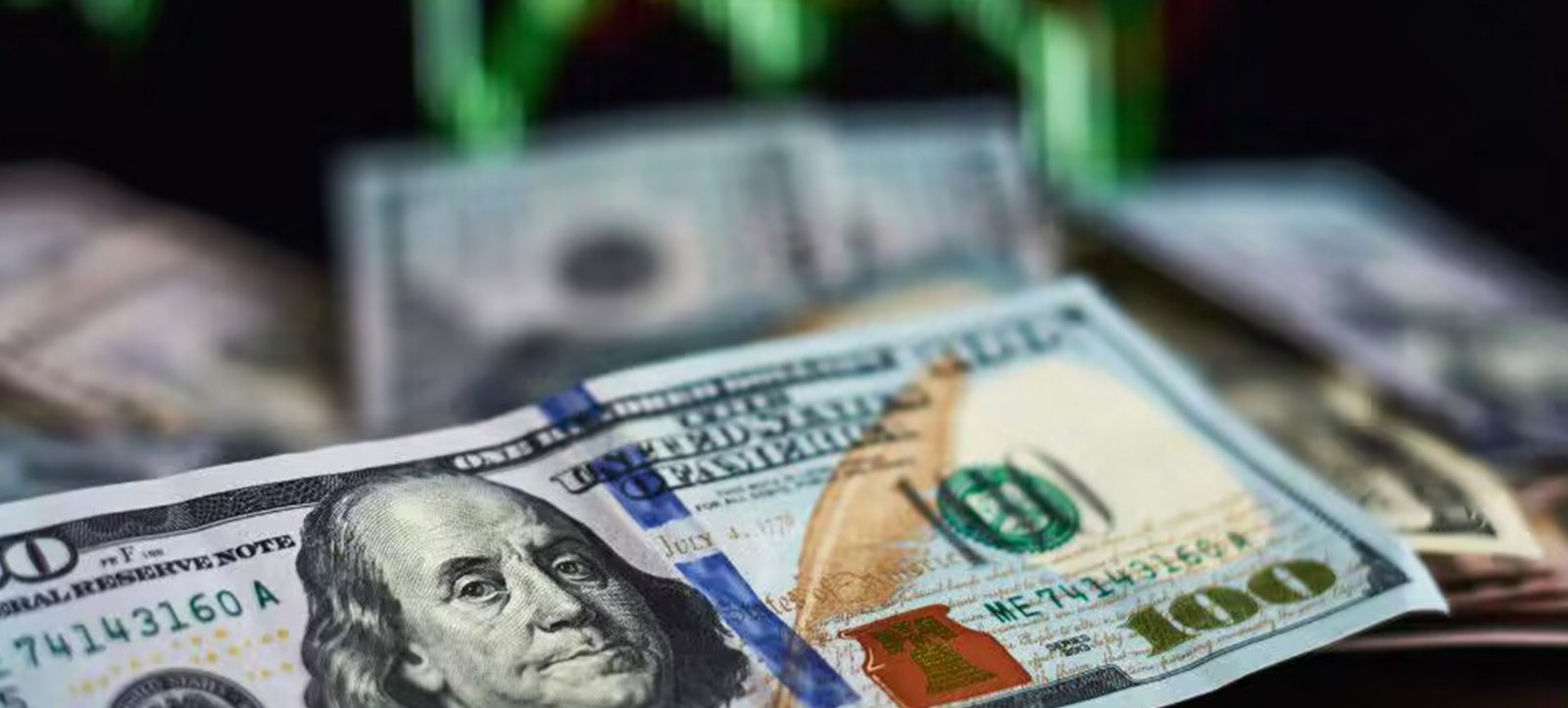Five factors affecting the US dollar index
The strength of the US dollar index has a wide influence. The factors that affect the US dollar index are roughly as follows
Hedge demand
For example, in the short period after the FED raised interest rates/the Black Swan incident occurred in the global economy, funds would quickly flood into US dollar assets to hedge, resulting in a short-term surge in the US dollar index.
Raw material demand
The price of raw materials (such as gold and crude oil) is denominated in dollars, so when the dollar rises, the price of raw materials will fall, and vice versa.
Foreign exchange reserves of central banks (in US dollars)
When the demand for foreign exchange reserves in dollars rises, the dollar index will rise, and vice versa.
Comparison of economic growth between the United States and other countries;
Especially in the euro zone, the euro is the largest component currency of the US dollar index. When the economic growth of the United States is stronger than that of the euro zone, funds will be transferred from the euro zone to the United States, which will strengthen the US dollar and devalue the euro.
FED interest rate policy
When the United States raises interest rates, in order to pursue higher returns, it will attract overseas capital inflows, thus pushing up the dollar.
Previous Article Next Article


 Whatsapp
Whatsapp Telegram
Telegram
